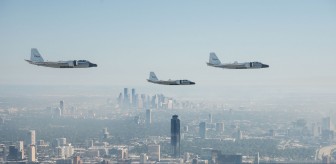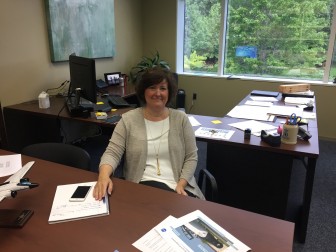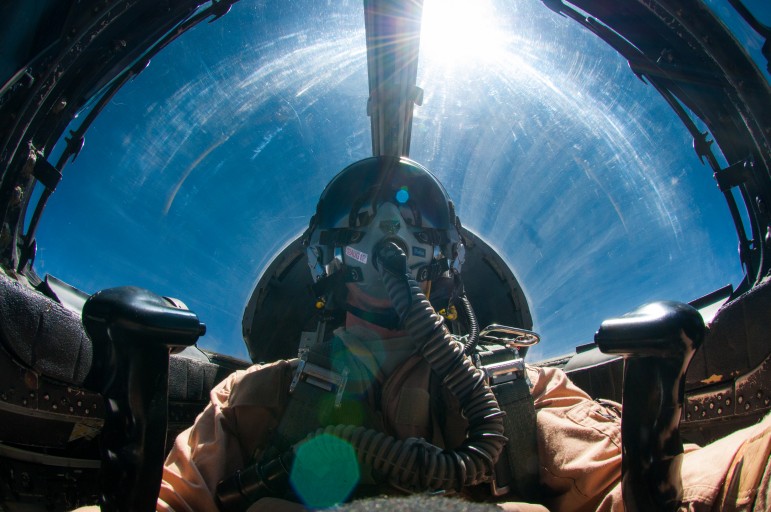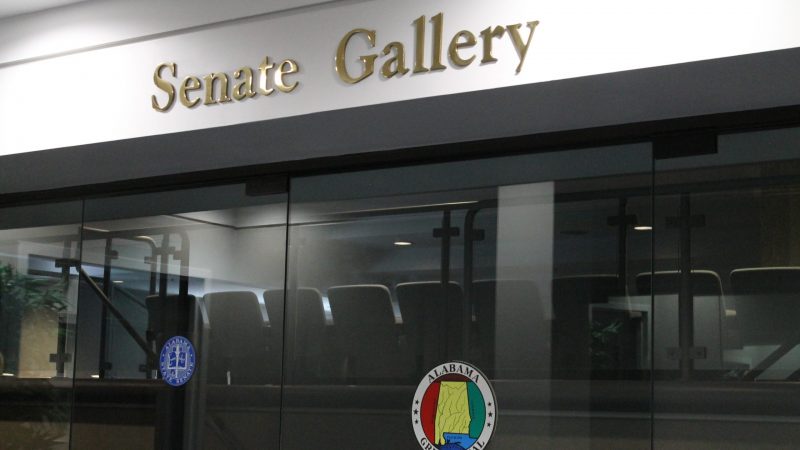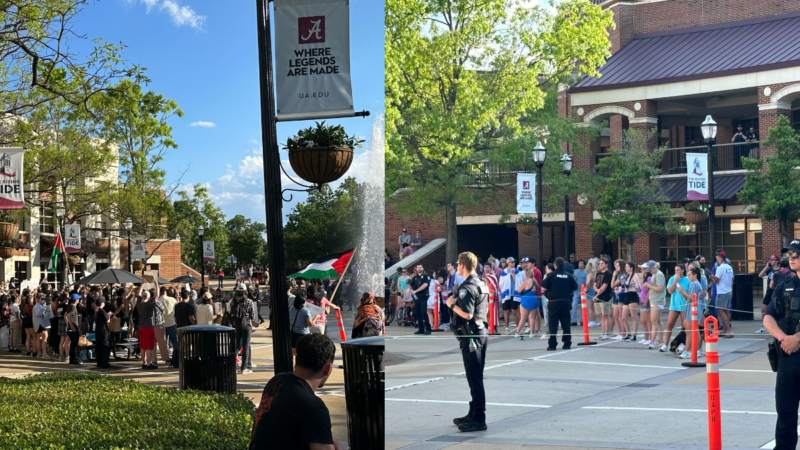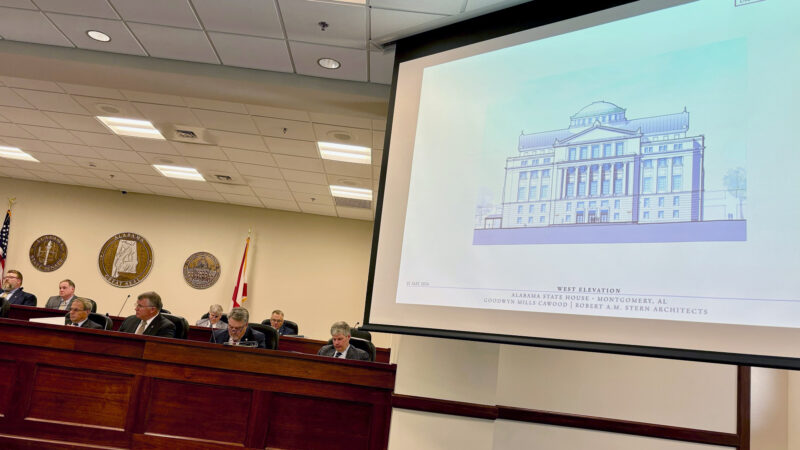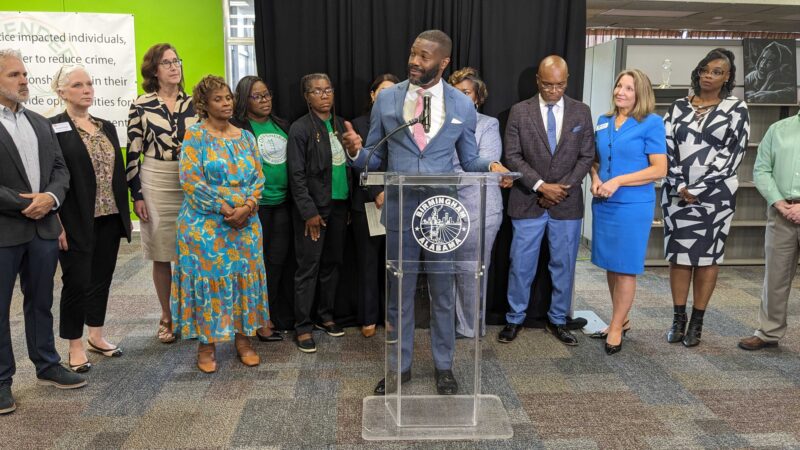High Technology Could Solve Solar Mysteries During Eclipse
Millions of Americans will see Monday’s solar eclipse, but besides the delight and awe that comes with such a big, cosmic event, it could yield important new measurements and a better understanding of our solar system. Cutting-edge imaging technology from a Birmingham-based nonprofit is set to fly along the eclipse’s path on two former military planes now operated by NASA.
Window (or Shadow) of Advantage
Normally, the sun is so bright and hot it makes studying anything near it difficult. But Birmingham’s Southern Research is taking advantage of the eclipse. Don Darrow of NASA and Southern Research says even with the best heat-imaging cameras, it’s hard to get a read on Mercury, the planet closest to the sun. It’s complicated, but he says, “basically, it’s too hot to be able to get accurate measurements through infrared. So this opportunity that we have, with the moon blocking it out — we’ll actually be able to get the first temperature gradients of Mercury that have been recorded.”
Temperature maps of Mercury won’t be the only goal when Darrow and an engineer in another retooled B-57 bomber start chasing the moon’s shadow south of Saint Louis. High-resolution images and video could help scientists solve a mystery at the center of our solar system.
“The intention is to try to identify why the outer layers of the sun are so much hotter than some of the inner layers,” he says.
And there’s yet another puzzle that Southern Research’s imaging system could resolve: whether asteroids called vulcanoids near Mercury exist. Astronomers think they might, but small objects close to the sun are hard to detect.
No Pressure at All
The telescopic cameras will try to find these objects and more from almost 10 miles above the Earth.
“We have a joystick in the back, like you’d see in the cockpit of an airplane. That’s how we manually control the sensors,” he says, adding, “There’s a lot that can go wrong. And I have to be on my game in order to make sure that I can either head off anything that I see coming, or overcome anything that happens.”
The Need for Speed
Down on the ground in Birmingham, Southern Research engineering project director Johanna Lewis says the eclipse moves really fast, so they have a strategy: two planes.
“One will fly with the shadow, but the shadow moves faster than the plane moves,” she explains. “So we’ll be able to get about four minutes of data out of the first plane. The second plane will come in and pick up where it left off and collect another four minutes. And so we’ll be able to stretch that to about eight minutes worth of data.”
That’s eight minutes of eclipse when the sun won’t overpower or damage the sensors. Lewis has faith in the mission team, too:
“NASA provides the planes, Southern Research provides the instruments that collect the data, and [Texas-based nonprofit] Southwest Research will be processing the data and doing the analysis.”
Some of those findings could be released in about a month. Darrow sees many potential benefits here.
“This mission is going to be historic for the Mercury observation, but I think we’re going to get some phenomenal images of the sun as well.”
Those images are set to be live-streamed on NASA TV. And you won’t even need special glasses or a modified B-57 bomber to see them.
Gambling bill in doubt with three days left in the legislative session
Alabama lawmakers are coming down to the finish line for this year’s legislative session. Many bills await passage, but perhaps the biggest one up in the air is a lottery and gambling bill.
Pro-Palestinian demonstration draws counter-protest at University of Alabama
Students gathered demanding the school call for a permanent and immediate ceasefire and to push the school to sever ties with defense contractor Lockheed Martin.
A new Statehouse and related projects will cost about $400 million
The Alabama Legislative Council, a 20-member panel comprised of legislative leaders and their appointees, approved the construction of the new Statehouse last year. The panel was given an update on the project on Wednesday.
New pilot program will offer housing, resources to people leaving prison
The Birmingham Reentry Alliance will provide wrap around services to dozens of men and women adjusting to life after prison.
Alabama committee advances ban on LGBTQ+ pride flags in classrooms
The Senate Education Policy Committee voted 5-2 for the House-passed bill, putting the proposal in line for a possible final passage in the last four days of the legislative session.
A New Orleans garden paid hundreds of dollars in fees for a sewer that doesn’t exist
Galvez Garden owner Lissie Stewart has been fighting the New Orleans Sewerage and Water Board over inaccurate billing for years.
